Propagating Echeverias from Seeds
bernardyjh
8 years ago
Featured Answer
Comments (36)
addicted2plants Southern IL USA
8 years agobernardyjh
8 years agoRelated Discussions
Can I propagate frosty echeveria from leaf?
Comments (12)I bought this from eBay but received it with a terrible status, please see the photo & guess she's quite sick, seller wrapped it loosely with bubble plastic which I normally receive same kind of packaging from other sellers, but it was fully covered by wet soil when I opened the parcel, normally Royal Mail does the roughly delivery job even taped around of "fragile handle with care".. but succulents I received before were in dry soil & they were easily back to form after repot. Anyone can help me to cure this plant? I really love her style when I 1st met it on eBay, please help !...See MoreFalse Indigo Seed Pods (Propagation from Seed)
Comments (5)It's quite easy. Boil water, pour water in a mug or cup, and place seeds in very hot water, and allow seeds to soak overnight. Seeds will germinated close to 100% within a week when sown in potting mix. This method works with almost any pea family member including Cercis, Baptisia, Thermopsis, Indigofera, etc....See MoreEcheveria to propagate
Comments (2)Years ago, I sent away for twelve different kinds of "Hen & Chicks" Some of them looked almost exactly alike, so I took the time to label them correctly, etc. The next day, my pet goose pulled them up and took them to my fish pond and had a ball with them. She damaged them so badly that I couldn't plant them in that condition. So I pulled off the leaves that weren't too badly damaged and planted them in sand and peat combination. Almost every one of them survived. I then had a LOT of plants, but didn't know their names!!...See MoreIs my echeveria flowering or propagating?
Comments (4)Leave them and find out! To me they look like inflorescences. Propagation is not always at the bottom, which can look quite interesting. Here is one of my Echeveria, to help give you an idea of what a difference species growing new inflorescences/flowers looks like: And here is a different type of succulent of mine, a Sempervivum, which is pupping from the sides: Either way, if the plant is pupping or flowering you're doing a pretty good job. =)...See Moreaddicted2plants Southern IL USA
8 years agobernardyjh
8 years agoaddicted2plants Southern IL USA
8 years agobernardyjh
8 years agomeparisi
8 years agobernardyjh
8 years agoTony Luong
8 years agochefmomster2
8 years agoTony Luong
8 years agoKrista Ex
8 years agobernardyjh
8 years agobernardyjh
7 years agoSebastian (Jae Sun) Lee
7 years agobernardyjh
7 years agoJamie L
7 years agomesembs
7 years ago미나 장
7 years agoctnutmegger
7 years ago미나 장
7 years agoCCC Z6
7 years agoJamie L
7 years agoCCC Z6
7 years agomesembs
7 years agolast modified: 7 years agoJamie L
6 years agoCCC Z6
6 years agoJamie L
6 years agoJamie L
6 years agobenemak
6 years agobernardyjh
6 years agoSuzy Que
6 years agoDipendra Kumar
6 years agoNicole Gill
5 years agoAca Sin
5 years ago
Related Stories
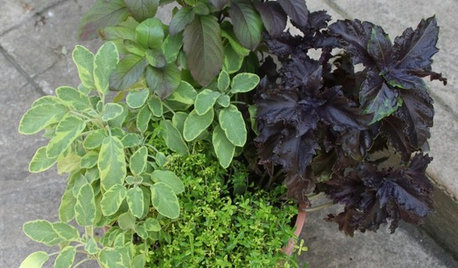
CONTAINER GARDENS8 Easy Container Plants to Grow From Seed
Get beautiful blooms and herbs in summer by starting these choice garden picks from seed in spring
Full Story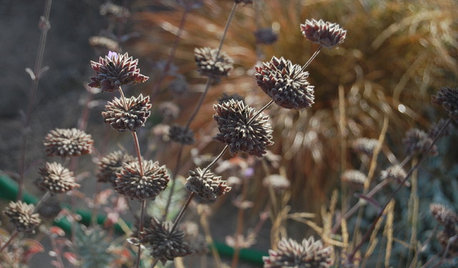
FALL GARDENINGWhy You Should Let Your Garden Go to Seed
Take a moment to appreciate spent flower stalks in your late-summer garden and the benefits they provide
Full Story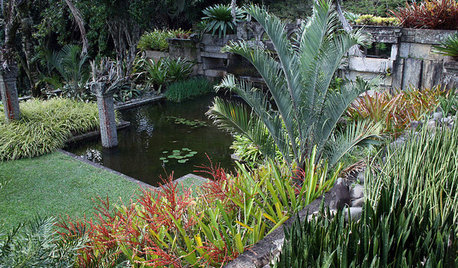
LANDSCAPE DESIGNArtistic Planting Ideas From a Brazilian Superstar
His abstract designs and native plantings changed the face of landscape architecture. Could Roberto Burle Marx’s style enhance your garden?
Full Story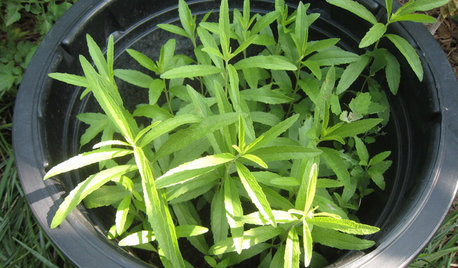
FALL GARDENINGBe Your Own Wildflower Nursery
Gather seeds from your garden in fall, and you'll have a selection of plants for next year — without spending a dime
Full Story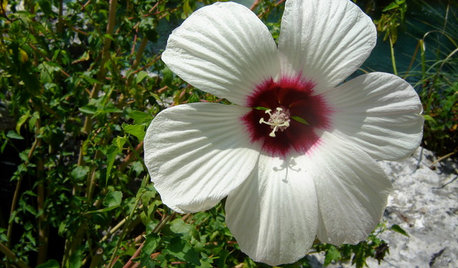
GARDENING GUIDESGreat Design Plant: Hibiscus Moscheutos
Crimsoneyed rosemallow is an ideal flowering perennial for wet sites and is ready to propagate now
Full Story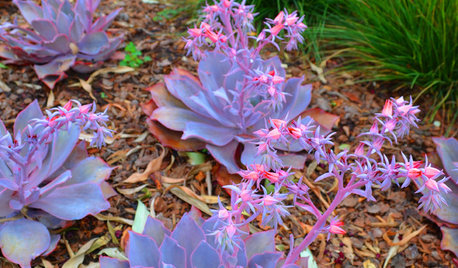
GARDENING GUIDESGreat Design Plants: Stars of the Succulent Garden
Amazing colors, exuberant blooms, low maintenance ... is it any wonder Echeveria is so popular?
Full Story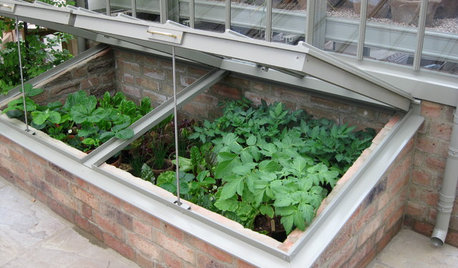
WINTER GARDENINGExtend Your Growing Season With a Cold Frame in the Garden
If the sun's shining, it might be time to sow seeds under glass to transplant or harvest
Full Story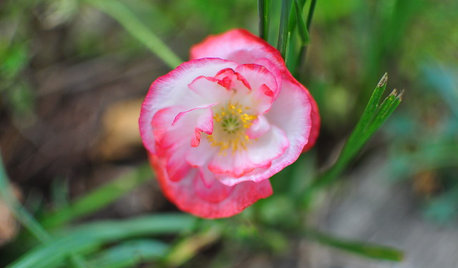
GARDENING GUIDESMid-Atlantic Gardener: What to Do in June
Abundant sun is yielding bountiful blooms in the garden this month, but don't forget to watch for pests, package some seeds and plan ahead
Full Story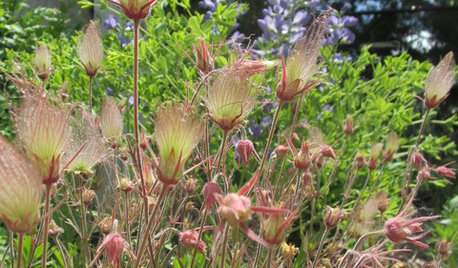
GARDENING GUIDESGreat Design Plant: Geum Triflorum
Nodding red blooms, glittery effervescent seed heads and a tough-as-nails constitution make prairie smoke a winning ground cover
Full Story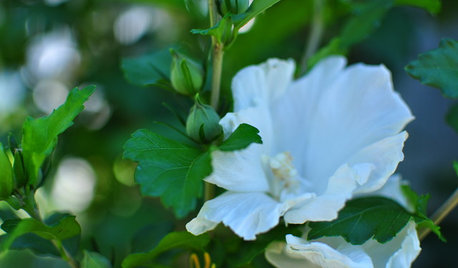
GARDENING GUIDESMid-Atlantic Gardener's August Checklist
Bring in the bounty of tomatoes, savor the show of grasses and start seeding some cool-season plants
Full Story



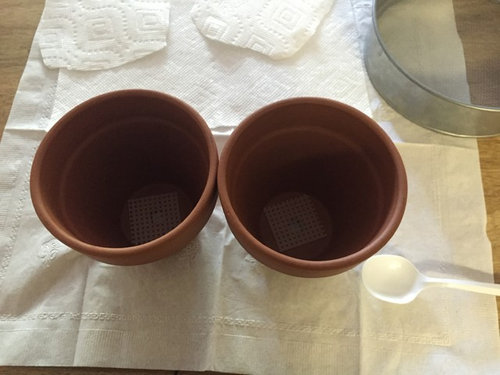
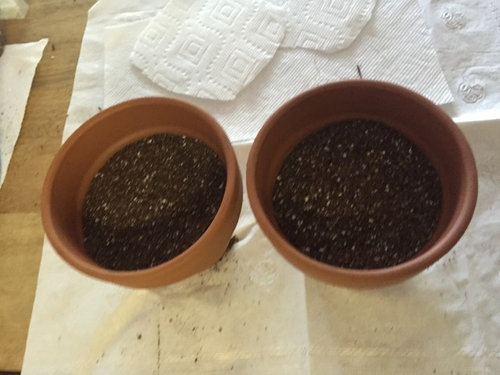


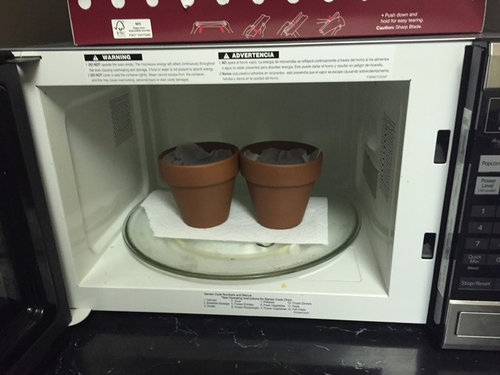

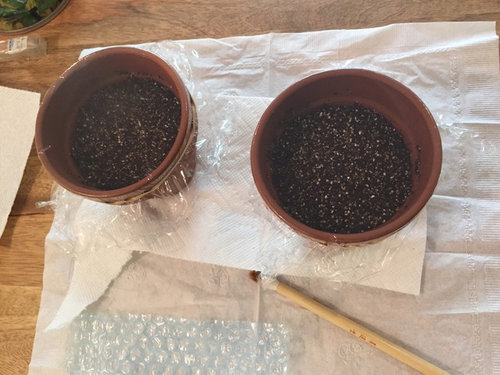

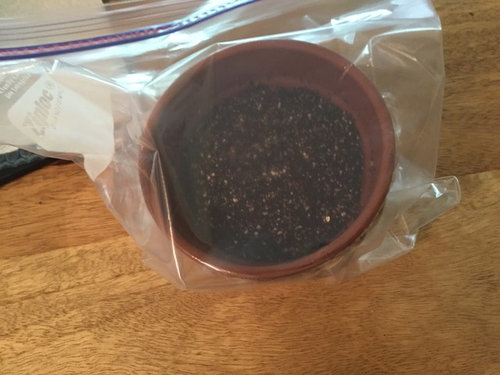
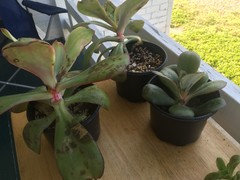

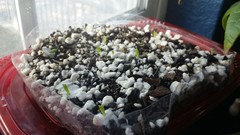
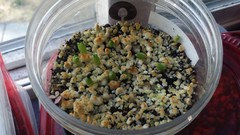
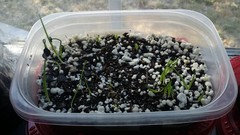

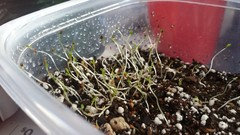
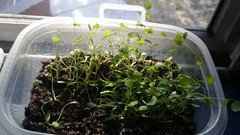
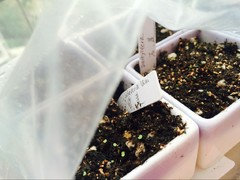
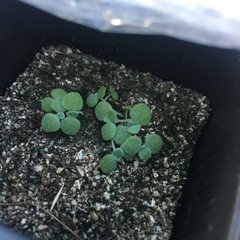

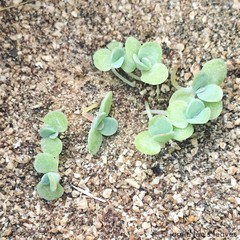


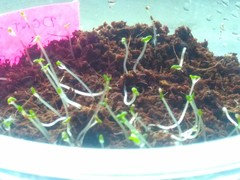

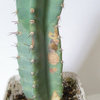
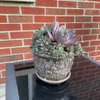
Sebastian (Jae Sun) Lee